Tibet boasts access to Mount Everest and many other photogenic sites. The world's highest plateau has many mountains, lakes, and landscapes that please the eye. But you should prepare well before coming to Tibet for landscape photography sessions. So, let's see how to ready yourself and what the most Instagram-able spots in the "Land of Snows" are.
Best Locations for Landscape Photography in Tibet
First, let's determine what the most photogenic Tibetan sites are and pinpoint the spots from where you can take the best photos.
Mount Everest
Snow-covered, the world's highest mountain towers above surrounding barren or snowy peaks, depending on the season. Go to Rongbuk, the world's highest monastery, and climb the nearby hill to take postcard-quality photos of Mount Everest. Many photographs agree this is an ideal spot, especially if you use the monastery's tower as the foreground.
 Taking a Mount Everest photo with the Rongbuk Monastery
Taking a Mount Everest photo with the Rongbuk Monastery Mount Kailash and Lake Manasarovar
Snowy and mythical Mount Kailash towers above surrounding pinnacles. The mount’s glaciers feed blue Lake Manasarovar. Go to this holy high-elevation lake to capture the peak and the surrounding bare or white mountains whose silhouettes reflect on the lake's surface. The best spot for shooting photos is Chugu Temple, south of Manasarovar.
 Taking the photo of Mount Kailash and Lake Manasarovar
Taking the photo of Mount Kailash and Lake ManasarovarYamdrok Lake
Yamdrok is among the largest sacred Tibetan lakes. Its beauty will stun you on sunny or cloudy days when white clouds roll over the surrounding green hills and pastures. Gamba La Pass is the best place for taking photos of the blue Yamdrok Lake and the mountains in the background.
 Taking a group photo at Yamdrok Lake
Taking a group photo at Yamdrok LakeNamtso Lake
Namtso is a sacred mountain lake. Depending on the season, you may photograph blue skies and calm water or clouds reflected on its surface in a snowy or barren setting. A small hill on Tashi Byland on the southern shore and a steep hill near Shengxiangtianmen on the north side are the best places for Lake Namtso photo sessions.
 Taking a picture at the lakeside of beautiful Namtso Lake
Taking a picture at the lakeside of beautiful Namtso LakeNyingchi
Known as "the Throne of the Sun" and "the Switzerland" of Tibet,the Nyingchi prefecture sits amidst ancient forests, towering mountains, many rivers, and a well-preserved ecosystem. In brief, you'll find photogenic spots and landscapes wherever you go.
 Nyingchi is known as "the Switzerland" of Tibet.
Nyingchi is known as "the Switzerland" of Tibet.Best Time for Tibet Landscape Photography
Broadly speaking, the most favorable conditions for taking photos in Tibet are between spring and autumn. But the best shooting season depends on the attraction. Road conditions in Tibet are good, so you’ll travel between points easily.
Taking pictures of Mount Everest is most rewarding in April, May, September, and October. Taking photos of Mount Kailash and Lake Manasarovar is best in May, June, September, and October. During these months, the weather's stable without abundant rains or snow, and visibility's excellent.
 The best time to take pictures of Mount Everest is spring and autumn.
The best time to take pictures of Mount Everest is spring and autumn.Shoot Yamdrok Lake from April to June or from late September to late December for the best images. Summer monsoons bring heavy rains. The best period to capture Namtso Lake's beauty is between May and October. During that time, you'll enjoy warm weather and have excellent light.
Take the best Nyingchi photos from March to June. The landscape's lush, flowery, and verdant, and rainstorms aren't likely to happen during that time.
How to Prepare for Tibet Landscape Photography Well
Before packing your photo equipment, you need to secure the necessary permits to travel to Tibet.
Obtain Necessary Travel Documents for Your Tibet Trip
Most travelers must acquire the following travel permits before going to the Land of Snows:
•Chinese Visa: Fill out the application form, prepare the passport and a recently-taken photo of you, and provide additional documents required by the Chinese authorities.
•Tibet Travel Permit: Once you obtain the Chinese visa, apply for the Tibet Travel Permit with the help of a local travel agency. Processing the request typically takes 8 or 9 days, but allow 20 days for the approval, just in case.
•Alien's Travel Permit: This travel permit allows you to visit remote places such as Mount Everest. Apply for it after you arrive in Tibet. Your tour operator can obtain the document for you.
•Military Permit: Military Office in Lhasa approves this document. You need this permit to visit Mount Kailash and some other areas. The authorization process usually takes between 10 and 15 days.
 Tibet travel permit is necessary to enter Tibet for travel.
Tibet travel permit is necessary to enter Tibet for travel.
Bring Essential Photo Equipment
You'll need UV filters for your camera because of the great UV exposure at high altitudes. Temperature variations are another main hazard for cameras. So ensure that yours tolerates low temperatures. Put the camera in a protective case to protect it from dust.
Also, don't buy low-quality lenses. Consider adding polarizing filters to improve colors. Don't forget to pack spare batteries because low temperatures will likely reduce their duration. Add extra memory cards, too.
Tibet Landscape Photography Tour: Useful Tips
• Avoid leaving your camera under the sun to prevent insolation. Also, bring a moisture-proof case because condensation may freeze the camera's internal parts. Neoprene is an excellent insulator for your camera and lenses.
• Don't change the film and lenses when it's windy. Bring a dry cloth to wipe the camera body and lenses after the rain. Also, use a plastic bag as a rain hood, if necessary.
• Consider taking a tripod and lights if you intend to shoot photos inside Tibetan monasteries. Flashing lights are typically off-limits inside these religious structures, but the lights aren't.
• Take time to adapt to high Tibetan elevations. The oxygen pressure is lower and the air is thinner up there compared to low altitudes. Most travelers need around 3 or 4 days to acclimatize properly. Avoid demanding physical activities until you adapt.
• You'll need warm clothes whenever you come to Tibet. Days may be comfortable enough for light jackets and thin sweaters. But nights call for warm layered clothing and down jackets, especially in the countryside.
Conclusion
With a timely application for Tibet travel documents and preparation, you'll have a great time shooting various landscapes and attractions. The above-mentioned Tibetan photo hotspots are just the tip of the iceberg.
From the vast expanses of the Tibetan plateau to the snow-capped peaks of the Himalayas, there is no shortage of incredible scenes waiting to be captured.
Don't wait any longer - grab your camera and start your own Tibet trip to discover the majestic beauty of Tibet through photography.
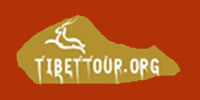
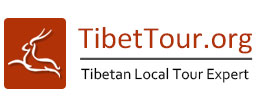


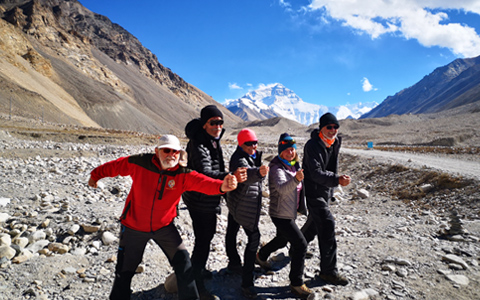

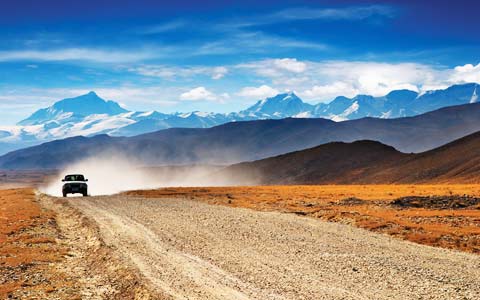

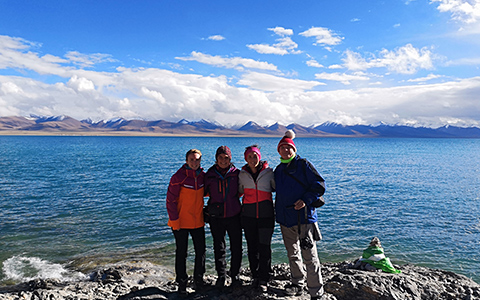
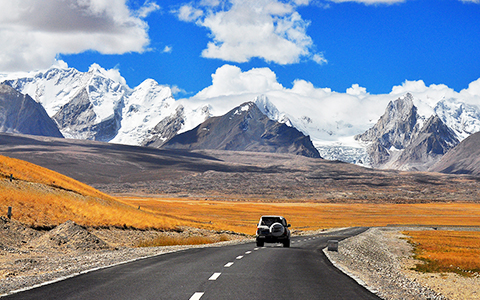







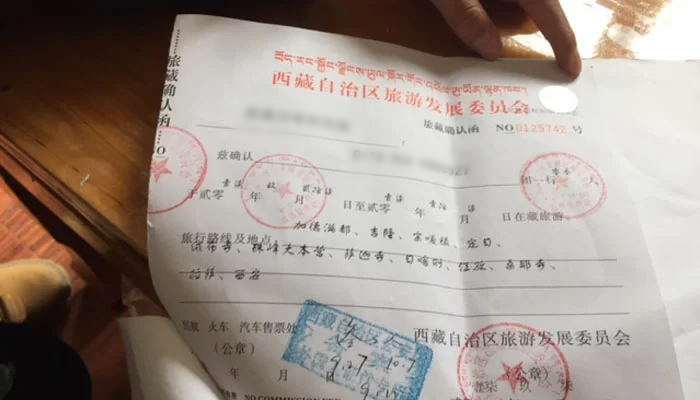
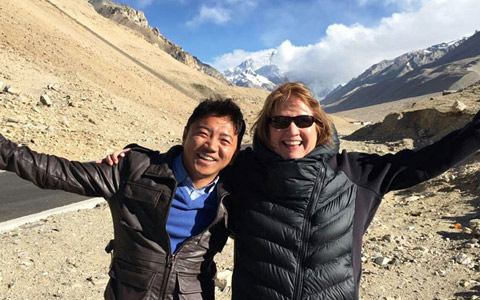






 Taking a Mount Everest photo with the Rongbuk Monastery
Taking a Mount Everest photo with the Rongbuk Monastery  Taking the photo of Mount Kailash and Lake Manasarovar
Taking the photo of Mount Kailash and Lake Manasarovar Taking a group photo at Yamdrok Lake
Taking a group photo at Yamdrok Lake Taking a picture at the lakeside of beautiful Namtso Lake
Taking a picture at the lakeside of beautiful Namtso Lake Nyingchi is known as "the Switzerland" of Tibet.
Nyingchi is known as "the Switzerland" of Tibet. The best time to take pictures of Mount Everest is spring and autumn.
The best time to take pictures of Mount Everest is spring and autumn. Tibet travel permit is necessary to enter Tibet for travel.
Tibet travel permit is necessary to enter Tibet for travel.










Ask a Quick Question